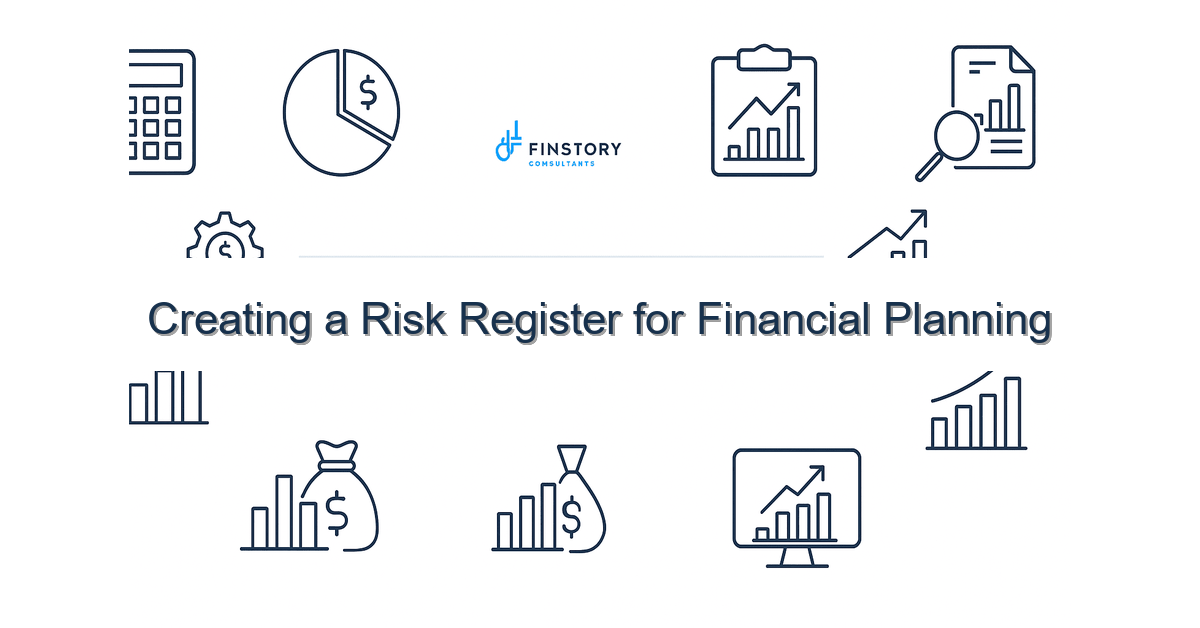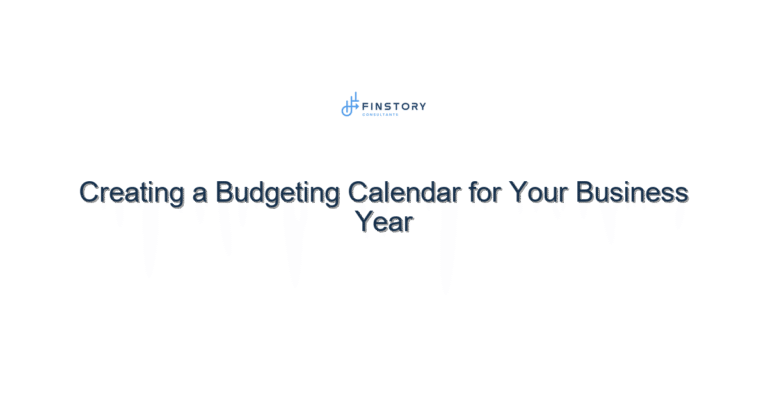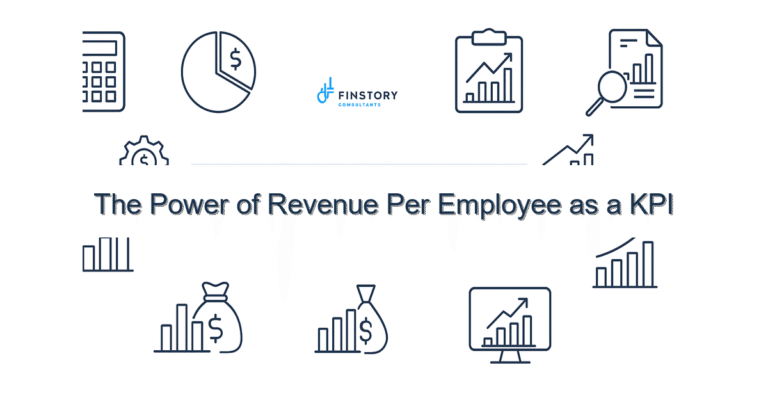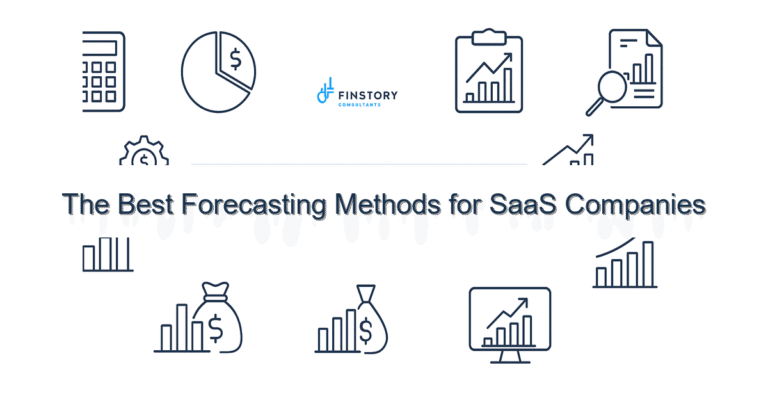Creating a Risk Register for Financial Planning
You worry about rising costs, reimbursement shifts, and a budget that changes by the day. You need a clear way to capture those threats so your finance team can act before gaps become crises.
Summary: A concise risk register for financial planning gives healthcare CFOs and operations leaders a single, prioritized view of financial threats — making it easier to quantify potential impact, assign owners, and track mitigations so decisions are faster and forecasts are more reliable.
What’s the real problem? (risk register for financial planning)
Hospitals and health systems operate in a fluid environment: contract negotiations, patient mix shifts, staffing costs, supply disruptions. Financial plans build on assumptions that often change quickly. Without a structured way to log and manage risks, teams chase fire after fire.
- Symptom: Forecasts that look good today but miss major delta by month-end.
- Symptom: Multiple owners pointing to the same risk — or nobody owning it.
- Symptom: Decision meetings dominated by surprises, not solutions.
- Symptom: Time wasted reconciling spreadsheets instead of quantifying mitigation impact.
What leaders get wrong
Leaders want control, but the wrong controls slow you down. Here’s what we see most often.
First, treating a risk register like a compliance checkbox. It becomes a static document nobody updates.
Second, mixing issues with risks. A closed staffing shortage is a problem; a potential payer contract cut is a risk. Conflation leads to wrong actions.
Third, hiding risks in narrative slides. If a risk isn’t quantified and owned, it won’t be acted on until it becomes a crisis.
A better approach
Start small. Focus on high-impact items and make the register a living tool used in weekly planning. Here’s a practical 4-step framework for creating a risk register for financial planning.
- Identify and categorize: capture risks across categories — reimbursement, volume, labor, supply chain, regulatory. Use simple fields: description, trigger, owner, probability, impact, mitigation.
- Quantify impact: assign a dollar range or percentage impact to the forecast horizon (monthly/quarterly). Even rough estimates beat silence.
- Prioritize and assign: score by expected value (probability × impact) and assign an owner and review cadence.
- Monitor and update: include the risk register in finance ops cadences and update status after each leadership review.
Short story: A mid-sized health system we worked with tracked a 10% swing risk from an upcoming payer contract. By quantifying it and running two mitigation scenarios, they reallocated $1.2M in temporary dollars to revenue cycle and avoided a mid-year hiring freeze. The risk register turned a surprise into a controlled decision.
Quick implementation checklist
- Create a one-page risk register template (CSV or table) with fields: ID, category, description, trigger, owner, probability, impact, mitigation, status, review date.
- Run a 60-minute risk capture session with FP&A, revenue cycle, clinical ops, and supply chain — capture top 12 risks.
- Quantify impact for the next 90 days and next fiscal year for each risk.
- Score risks by expected value and mark top 5 as priorities.
- Assign owners and set review cadence (weekly for top 5, monthly for others).
- Embed the top 5 risks as a line item on your weekly finance ops report and Power BI dashboard.
- Define mitigation actions and estimate cost to implement each.
- Set a simple escalation rule: if actual monthly variance exceeds 50% of estimated impact, escalate to CFO review.
- Document one decision made from the register in your next leadership meeting — build trust in the tool.
What success looks like
Measure outcomes. A good risk register moves the needle on these metrics:
- Forecast accuracy improves: reduce month-over-month forecast error by 20–40% on tracked line items.
- Cycle time: reduce time to escalate and decide on a threat from weeks to days.
- Ownership: 100% of high-priority risks have an assigned owner and a mitigation plan.
- Cost avoided: quantify decisions that avoided spend or margin loss (example: $1M+ avoided in first year).
- Meeting efficiency: shorter exec reviews because the register drives the agenda.
Risks & how to manage them
Top three risks to implementing a risk register — and how to mitigate them.
- Risk: It becomes another spreadsheet nobody updates. Mitigation: Tie the register to a weekly cadence and one KPI on your leadership dashboard.
- Risk: Poor estimates create false confidence. Mitigation: Use ranges and sensitivity scenarios, and mark assumptions clearly.
- Risk: Ownership gaps. Mitigation: Require owners to report status in the weekly finance meeting; remove risks with no owner from the prioritized list until an owner is assigned.
Tools & data
You don’t need fancy tech to start, but automation scales the work. Use a mix of tools your team already trusts.
- Finance automation and FP&A platforms: link the register to your budgeting system so impacts feed into scenarios automatically. Finstory’s finance automation services can help integrate these flows.
- Power BI or Tableau: build a small dashboard that shows top risks, expected value, and trend lines for realized vs. projected impacts. A visual keeps leaders aligned.
- Leadership reporting: include the risk register snapshot in your monthly board pack and weekly executive dashboard so it’s part of governance.
FAQs
Q: What is a risk register?
A: A risk register is a structured log of potential events that can affect financial plans, with fields for probability, impact, owner, and mitigation. It makes risk manageable and actionable.
Q: How granular should dollar estimates be?
A: Start with ranges (low/likely/high) and update to more precise numbers for top 5 risks. Rough estimates are better than none.
Q: Who should own the register?
A: FP&A should maintain it, but risk ownership must live with functional leaders (revenue cycle, operations, procurement, clinical leaders).
Q: How often should we review?
A: Top risks weekly; others monthly. Make it part of your existing finance ops cadence to avoid meeting overload.
Next steps
If you’re ready to create a risk register for financial planning that actually changes decisions, start with the quick checklist and schedule a 60-minute capture session this week. If you prefer, we can help you design the template, run the sessions, and connect the register to your Power BI dashboards for ongoing monitoring.
See how Finstory’s finance automation and forecasting playbooks integrate with risk registers to keep leaders informed.
Work with Finstory. If you want this done right—tailored to your operations—we’ll map the process, stand up the dashboards, and train your team. Let’s talk about your goals.
Work with Finstory. If you want this done right—tailored to your operations—we’ll map the process, stand up the dashboards, and train your team. Let’s talk about your goals.
📞 Ready to take the next step?
Book a 20-min call with our experts and see how we can help your team move faster.
Prefer email or phone? Write to info@finstory.net
or call +91 44-45811170.






